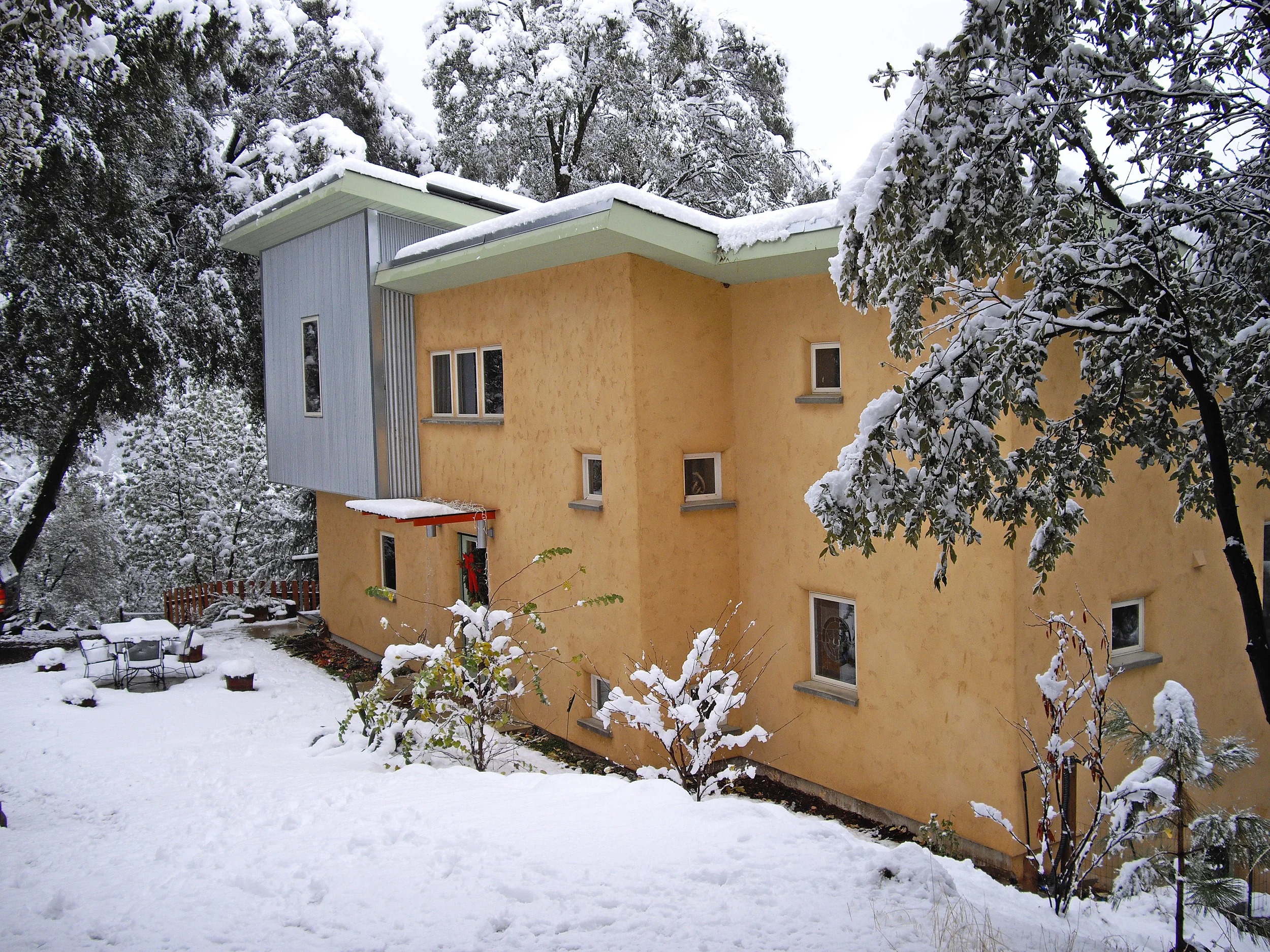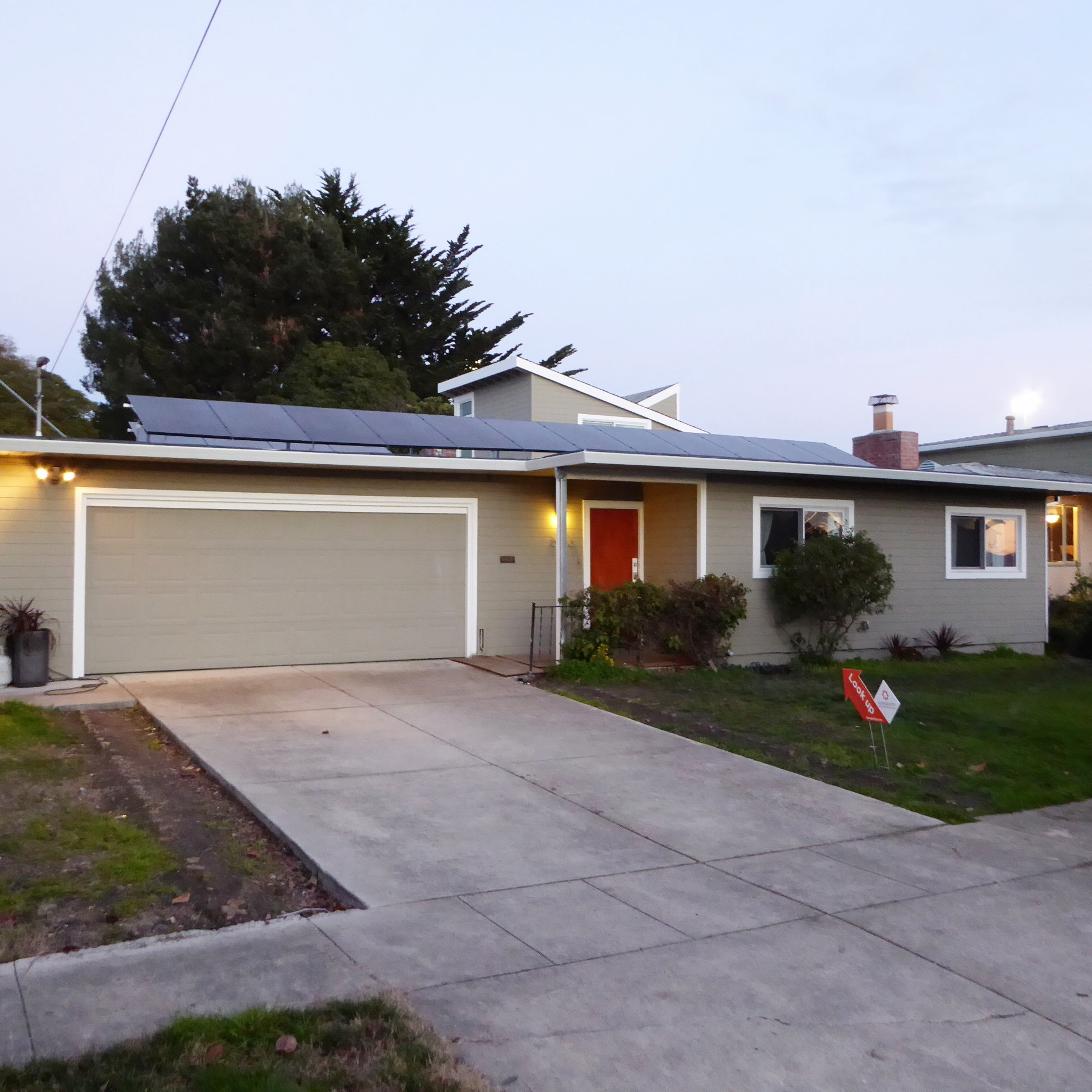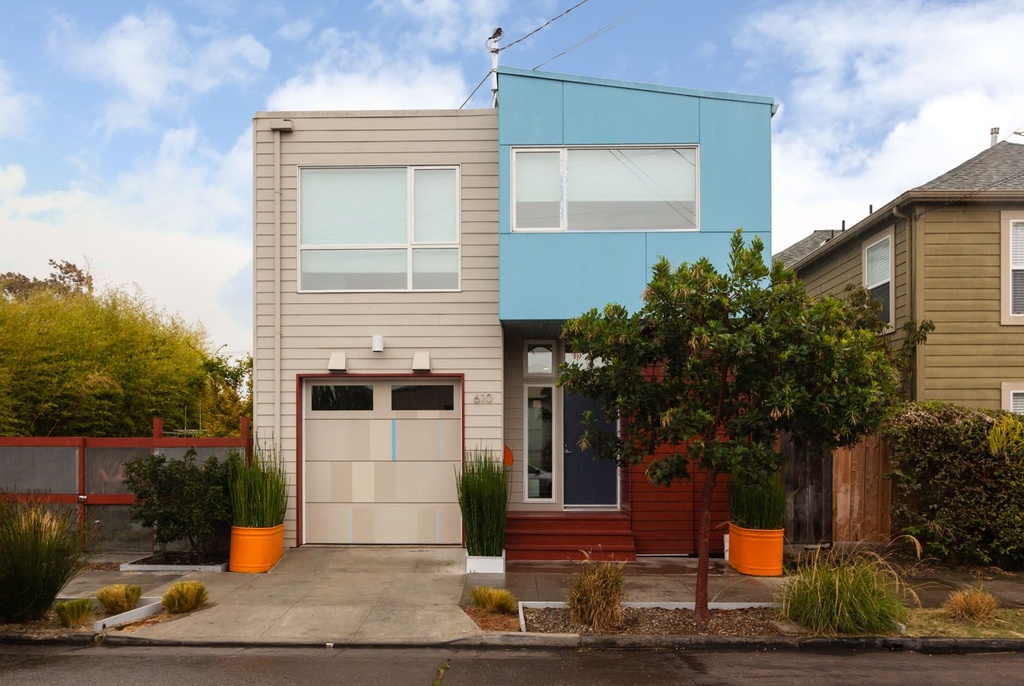Net POSITIVE Energy
The term "net-zero" energy (or NZE) describes the concept of buildings generating their own energy needs by renewable on-site power generation. This is typically done by photovoltaic (PV) panels, sometimes by wind mills or a combination. There are several definitions of what "zero" means, the most common ones being net-zero "cost" or net-zero "site energy". The cost definition just means that the annual energy bill would be zero, which can be accomplished by over-producing electricity in the summer, running the meter backwards, and then using the accumulated "credit" in the winter. With "time of use metering" one can benefit by limiting usage during peak hours, achieving net-zero cost before reaching net-zero energy. The higher goal is to actually offset all energy (kWh) on an annual basis, completely eliminating the operating carbon footprint. But there is of course variation in weather and user behavior, thus system sizing can only be based on probable scenarios.
Going even further, we strive towards “net-positive” energy, generating more than needed for the building operation, for instance producing extra energy for electric vehicle charging, or to offset - over time - the embodied energy it took to construct a building. Some projects might start as partial or "net-zero ready" buildings, but with preparation made to ultimately take them to net-zero or net-positive by expanding site generation.
In a competition entry, we designed 240 dwelling units to exceed net-zero site energy standards, carefully modeled and calculated. In addition to offsetting all the electrical building loads, the excess capacity of the roof integrated PV systems was sized to give each household some 10,000 miles in electrical vehicle charge per year.




